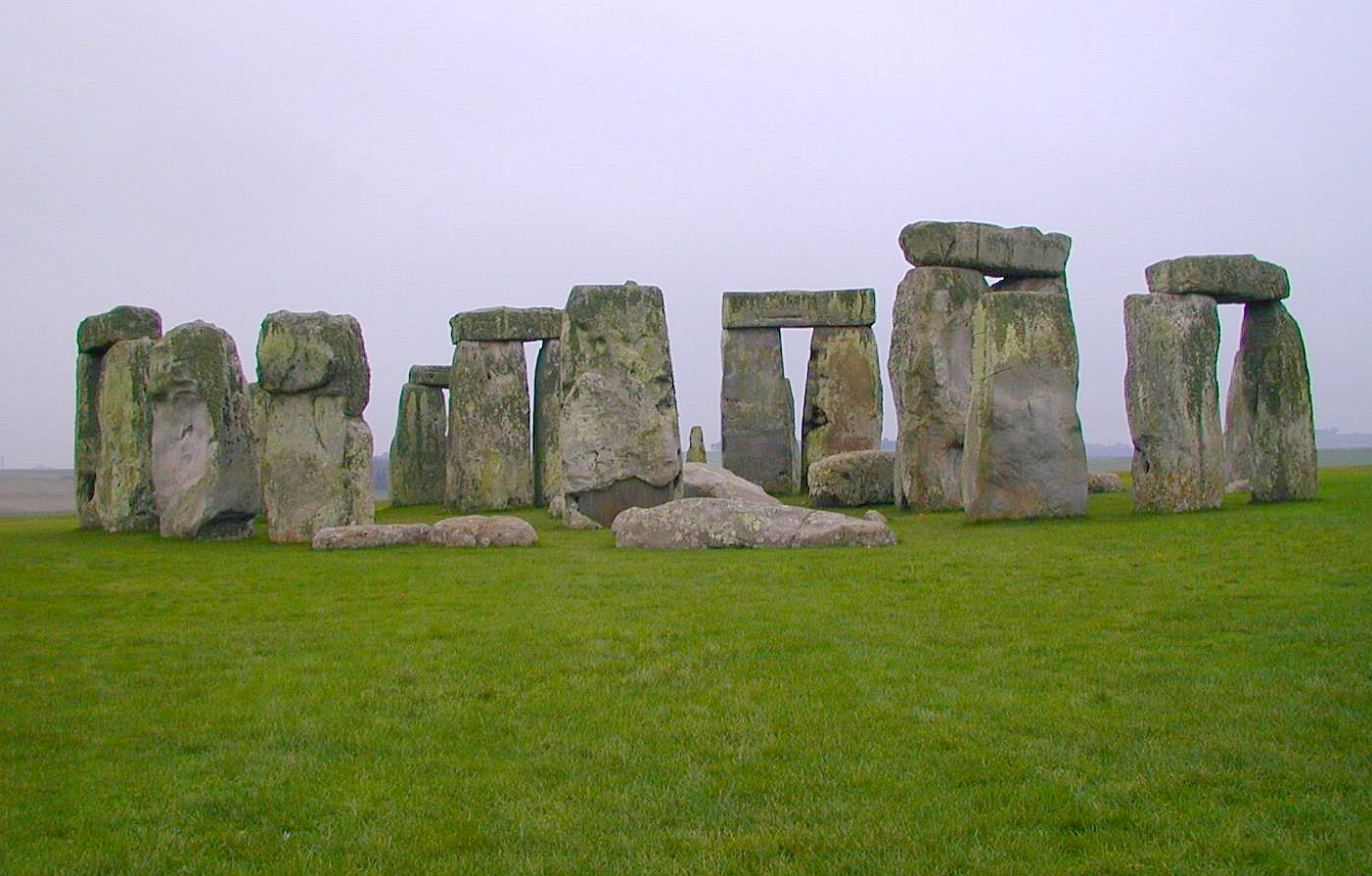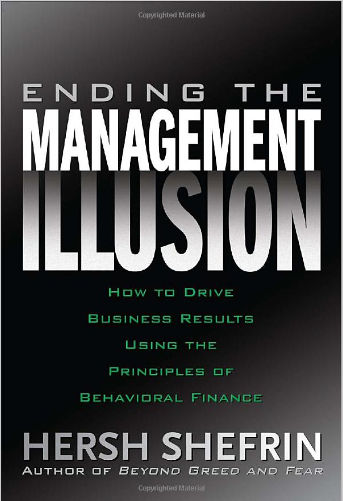It has long been known that on-page optimization, which typically focuses on document length and keyword density, can be aided by inclusion of words that are related to the target keyword. Related words aid ranking but can also improve the usefulness of the overall text, its readability, and the degree to which the document appears “natural”. Word Stems represent some of the *most* tightly related words you can pepper into a web page, and deserve close attention when creating content. This posting will explore word stems, how Google uses word stems, and will develop some best practices for utilizing word stems in web content. Read on »
Archive for the ‘Online Marketing Strategy’ Category

In ancient times, tens of years after the dawn of Google, lived a strange race of people...the SEOs. No one knows who they were, or what they were doing...but their legacy remains. Get out your stone calculators!
Doing some work for a client with a fairly new site recently, I noticed their home page has a toolbar PageRank of 7, and they achieved that almost entirely by having a site-wide link on a PageRank 9 website. Finally, now that have I seen enough cases like this, I think it’s possible to estimate the answer to the question “How many links do I need?” for many situations. This posting will detail the anecdotal data I’ve seen, and then give tables that can be used to estimate what a page’s toolbar PageRank will become if you obtain a link from a high-PageRank site, and also how many links of which type you need to move up one level of PageRank. Read on »
The very natures of Paid Search and Organic Search may seem different, but they are actually substantially similar. Most folks specialize in one or the other, but comparatively few excel in both. This has resulted in a severe lack of cross-pollination between the two fields, other than in the area of keyword research.
Where overlap exists, we can leverage learnings in one field to understand the other, provided we’re mindful of their differences. One of the landmark papers on Paid Search was a Google paper called Predicting Bounce Rates in Sponsored Search Advertisements; here we’ll ruminate on the similarities and differences between the two fields and see how we can apply the key finding of that paper to the field of Organic Search. Read on »
Over the last few years in the oil industry, a popular theory has arisen that all of the world’s easily obtainable oil is running out. The problem of increasingly difficult-to-extract oil is also compounded by the fact that oil producing countries are in many cases third-world nations that are industrializing and are now consuming more oil themselves, making them a less likely source of exports in the future. The theory (called “Peak Oil“), although controversial, makes sense, as the supply of oil underground is relatively fixed. Although natural processes doubtless create more oil, it’s apparently happening slowly over geologic time, while we’re extracting it relatively quickly; it’s not really a renewable resource from the perspective of beings that live for only 70-100 years.
This theory is now being applied by others to the Gold mining market (i.e. the theory of “Peak Gold”), and when you look at graphs of production over time, the consistent rise in how much capital it takes to extract an ounce of gold from the ground and so on, it’s a very compelling theory as well.
I have been thinking about similar problems in the search world for some time now and would like to introduce the concept of “Peak SEO” – in other words, the concept that the supply of available keywords and SERP positions is essentially fixed, and increasingly the low-hanging fruit is being eliminated and reducing the ROI of SEO more and more every year Read on »
Search Engine Optimization for Apple’s mobile platforms is a little confusing in that, by “SEO” some people mean, variously: “writing your app to work well on the platform”, “ranking high on the iTunes app store”, and “ranking high on Google and other search engines”.
Here we’ll attempt to address all of these, and we’ll also touch on all the aspects of app marketing, since SEO affects and is affected by all of them.
*** Step 1 – Developing for the Platform ***
There are a number of resources and best practices available for making sure you aren’t doing anything stupid, like having an application that doesn’t look correct on the iPhone. Don’t forget to also make sure Read on »
I was reading a book by a friend, Professor Hersh Shefrin of the Leavey School of Business at Santa Clara University, on how managers in companies can apply principles of behavioral finance to make better decisions, and came across a *great* table. In it, Prof. Shefrin lists all of the common sources of behavioral bias that people commonly find themselves subject to. Much of the book is about forecasting, which is actually a critical part of the SEO process; forecasting the potential for a website gives an indication of how valuable SEO efforts will be, and puts some boundaries around what constitutes a reasonable amount of effort.
With his permission, I’ve reproduced the table below with an additional column that suggests how these biases are relevant to our industry. Overall, it makes for a cautionary warning – before diagnosing a website, perhaps we should diagnose ourselves… Read on »
In Part 1, we came up with a standard decay curve by position that can be used to estimate Click-Through Rate, provided you know how many clicks are available. In this posting we’ll extend that to provide two ways of estimating organic search traffic potential, complete with a downloadable spreadsheet. One approach is for keywords with no history, and the second one can be used for keywords with a history of performing, to project the effects of moving up various amounts.
Before we start, a number of commenters on Part 1 pointed out that the CTR decay curve will vary Read on »
As an SEO practicioner, you will often find yourself in the position of having to estimate traffic potential. If you’re like me, you’ve probably used the AdWords Keyword Research Tool to do this. Most people do this with “Exact Match” turned on and use the “Local Searches” number, then make assumptions about what position they might be able to obtain on average, then they assume an average click-through rate based on various studies that have been done on click-through rate versus position. For individual keywords, the click-through rate in reality will vary widely from the average, but if you’re doing estimates for hundreds or thousands of keywords this should “all come out in the wash”.
I’ve done this exercise numerous times but have always had the sense that I’m probably overestimating, because the traffic amounts predicted didn’t materialize, even when positions were achieved.
These two postings will identify the reasons for this, and we’ll construct Read on »
Important note – before reading this article, read the previous posting “SEO for Local Search: The Complete Guide“.
Before going into the list of advanced ranking techniques for Local Search I’ve uncovered reviewing a myriad of other folk’s postings, let’s talk about what proof is available first.
David Mihm does a *great* yearly survey of local search experts on what variables they believe are important for Local search, very similar to what SEOMoz runs for overall organic search.
It’s important to note that it’s well established (read the book “Supercrunchers” if you’re not convinced) that experts are great at determining what variables matter, but figuring out importance or weightings is best left to machine-learning, or statistical reverse-engineering exercises.
Fortunately, the folks at SEOMoz have done some correlation analysis of some of the Local Search ranking factors Read on »










